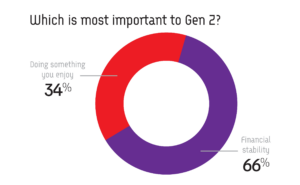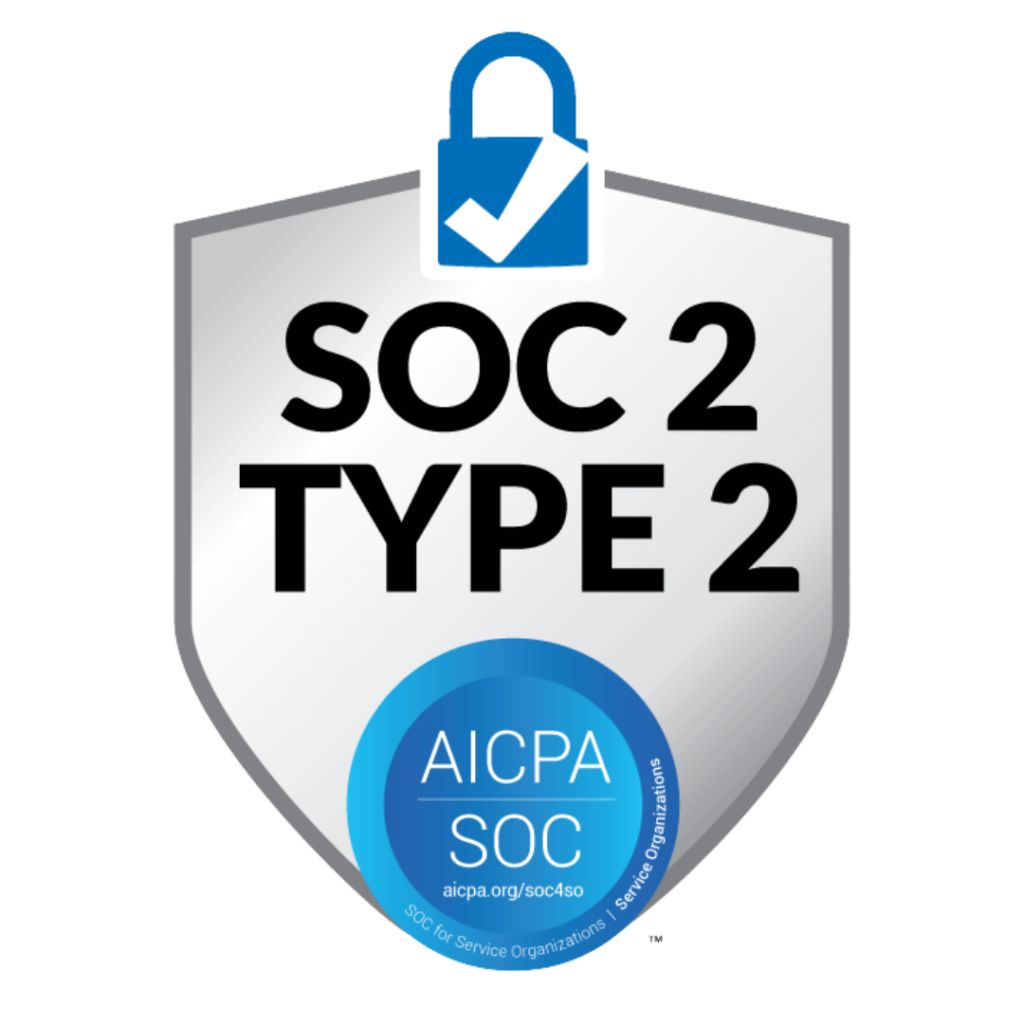By Jim Caliendo, President & CEO, PWCampbell
A new decade is upon us. 2020 has brought forth its fair share of shifts and paradigms through an economic and social lens. As baby-boomers continue to recede into retirement, Gen Y and Gen Z continue to solidify their stronghold on the U.S. workforce. The expectations of the next-gen consumer have paved way to a new wave of innovation, convenience, and change. Consumers used to balk at putting financial information online; now it has become second nature. Transactions, investments, purchases, and even relationships are solidified with a single swipe, leaving the old-school manual mentality behind to sit and collect dust.
But what’s driving these trends? What caused a once-online book selling business to become one of the biggest companies in the United States? And despite the push to online, how have brick-and-mortar companies like Starbucks continue to thrive, and better yet post positive returns and an increase in their stock yield? The answer lies in the ethos of the Gen Y and Gen Z consumer.
Gen Y, commonly referred to as millennials, are identified by anyone whose birth year falls between 1981 to 1996. Gen Z picks up where millennials have left off, carrying through birth years into the 2010s. The generational combination represents more than half of the U.S. workforce; both having done their fair share of shaping the “new normal” across many verticals, particularly in the financial and banking space. With this generational shift, financial institutions are being forced to cater to the wants and needs of their new target consumer.
THE WANTS AND NEEDS
For financial institutions to successfully embrace the new shift in consumer demand, its important that they understand the root of the shift itself. Stemming from a completely digital childhood, millennials and Gen Z have relied upon technology as a form of convenience to streamline manual and mundane tasks in their every day lives. Dedication of time and labor as a means to success conceptually falls short for these generations, as they have been reliant on technology to streamline daily processes.
 Technology aside, both millennials and Gen Z have brought new positive values into the limelight. Inherently, they are driven to use local, with an emphasis on building relationships. The preference to focus more on individual and personal interactions drives their choices as consumers and translates seamlessly into their work environment. According to CT Business Travel, 80% of millennials prefer face-to-face meetings over virtual, with 87% of all professionals stating that face-to-face meetings are essential for networking and business. This easily translates over into their selection for banking, especially when it comes to making financial decisions for their future.
Technology aside, both millennials and Gen Z have brought new positive values into the limelight. Inherently, they are driven to use local, with an emphasis on building relationships. The preference to focus more on individual and personal interactions drives their choices as consumers and translates seamlessly into their work environment. According to CT Business Travel, 80% of millennials prefer face-to-face meetings over virtual, with 87% of all professionals stating that face-to-face meetings are essential for networking and business. This easily translates over into their selection for banking, especially when it comes to making financial decisions for their future.
Millennial and Gen Z consumers need the face-to-face interaction to be guided on the right path, especially when it comes to complex financial transactions. These generations are hard-hit with obstacles that their predecessors were not, such as substantial student loan debt. Financial institutions have an obligation to build relationships through interactions and to assist them in getting on the right track financially. That’s not something that can be done through smartphones yet.
The same can be said when it comes to their overall lifestyle experience. Both millennials and Gen Z are highly experiential and authentic, craving highly unique, tangible, and tactile authentic brand experiences. They focus heavily on opportunities that create memories as opposed to owning material goods. How does this translate over into the banking world? Statistically speaking, millennials and Gen Z are more likely to gravitate towards institutions that can provide a unique service experience at the local level, as opposed to a generic interaction at the corporate level.
SOLUTIONS
With the drive to local, a preference for face-to-face interactions, and the need for crafting memorable experiences, both generations are screaming an aversion to corporate America. This becomes a major opportunity for local community financial institutions to grab hold of these generational sectors and create mutually beneficial lasting relationships.
While major institutions are playing heavily into the technology aspect, they are falling short on the other pillars that drive engagement. Where technology is highly used by these generations to complete the mundane day-to-day tasks such as making transfers and deposits, it certainly does not replace the unique experience that they can get through face-to-face interactions at the local branch level.
In-branch technology serves two purposes – at the basic level, it is the bridge between the next-gen banker and the branch. From iPad integration, digital touchscreen message boards, plug-and-play solutions, and digital marketing; a number of different solutions exist that can give the branch the tools it needs to show consumers that it is current and that it speaks their language.
The second part is leveraging that language to create a unique experience that hits on the experiential level. When comparing interactions between technology and face-to-face, millennials and Gen Z are 6 times more likely to engage in an experience that blends technology seamlessly with human touch, as opposed to each of those sectors acting independently.
Technology aside, community financial institutions have a major advantage in playing to the generational market than their bigger corporate competitors by leveraging the local experience. The next-gen banker does not want to be just a number. They thrive on being an actual customer, a human; and the community branch has the aptitude to thrive here. Mobile and online banking cannot substitute the relationships and brand positioning that a community branch can deliver. More importantly, bringing it all under one roof, in a unique environment that captures the true essence of the next-gen banker – that is the winning combination.
If we continually push for the unique and experiential interactions at the local level, and use technology as the bridge to explain, teach, and drive these interactions, local financial institutions will finally know their XYZs, setting themselves up for a very successful future.
James G. Caliendo is a former bank executive and now President and CEO at the 112 year old design-build and retail services firm. In the past 20 years alone, under Jim’s direction, PWCampbell has worked with over 500 financial institutions influencing millions of square feet of retail and operational space to create engaging, impactful and scalable solutions for every sized facility project.



